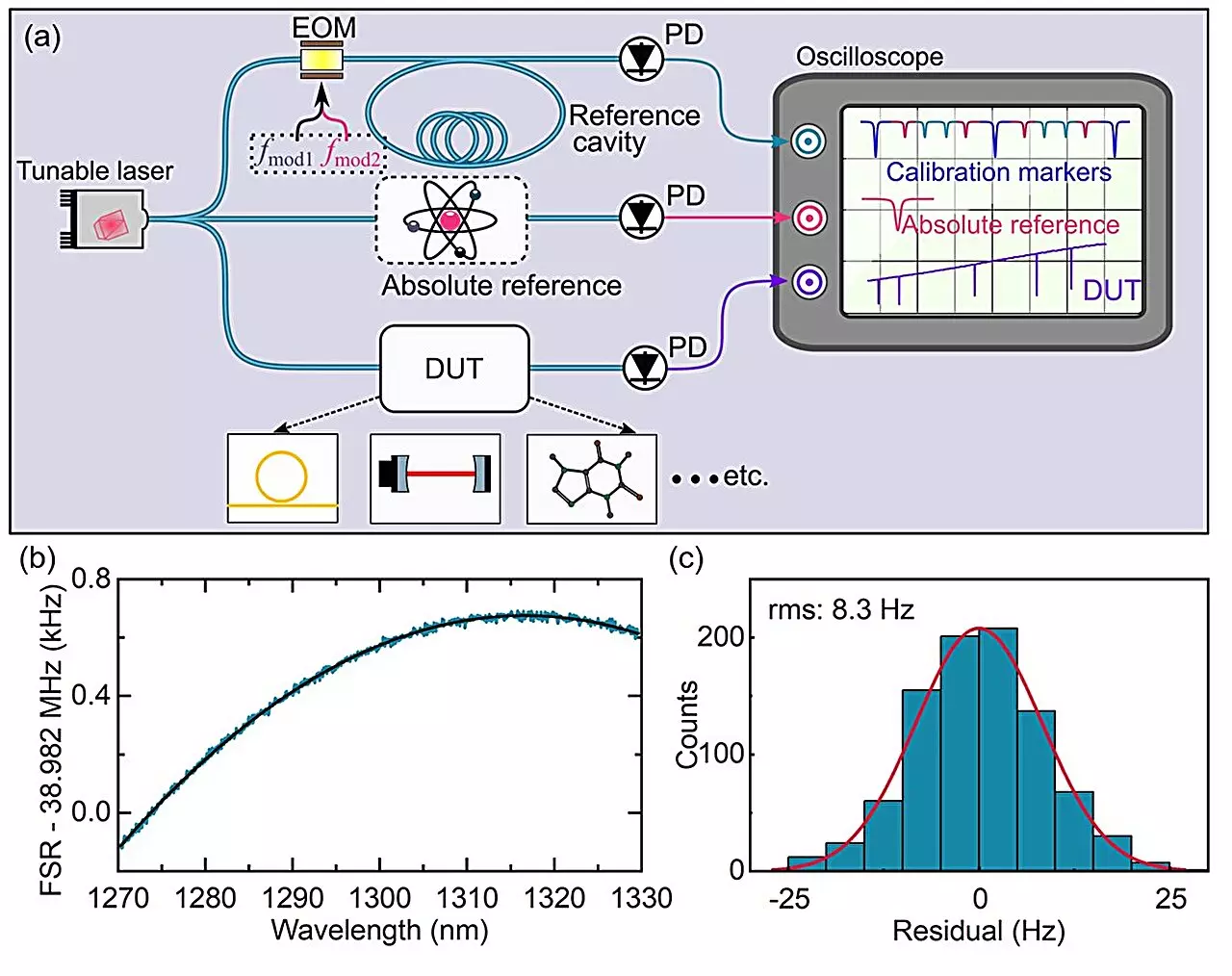Since the advent of the laser in the 1960s, laser spectroscopy has revolutionized the study of atoms and molecules, providing insights into their intricate structures and dynamic behaviors. With advancements in laser technology, the capabilities of laser spectroscopy have been significantly enhanced, leading to breakthrough discoveries in various fields of science.
One of the main types of laser spectroscopy is frequency comb-based laser spectroscopy, which allows for incredibly precise frequency measurements with an accuracy of up to 18 digits. This level of precision, recognized by a Nobel Prize in Physics in 2005, has opened up new possibilities in optical clocks, gravity sensing, and the search for dark matter. However, the low power per comb mode poses challenges in detecting trace gases, and the gaps between comb modes require additional techniques for measuring spectrally narrow features.
On the other hand, tunable continuous-wave (CW) lasers offer high photon flux, long interaction paths, and frequency agility, making them ideal for sensitive molecular spectroscopy, gas sensing, and LIDAR applications with high signal-to-noise ratios. Despite their advantages, fluctuations in laser frequency scan speed have been a common issue with these systems. Various methods, such as interferometric approaches and optical frequency combs, have been developed to address these fluctuations and improve the performance of tunable CW lasers.
To combine the precision of frequency comb-based spectroscopy with the tunability and high power of CW laser spectroscopy, researchers at the Max Planck Institute for the Science of Light have developed a new broadband spectroscopy method with Hz-level precision. By calibrating the laser frequency on-the-fly using a fiber cavity and a dual radio frequency modulation technique, this approach enables the precise tracking of the laser color at every point in time. This innovative method provides calibration markers for measuring optical frequency distances between spectral features with ultra-high precision.
The new spectroscopy method offers improvements over existing techniques, with the ability to measure minuscule deviations in the free spectral range of a fiber loop cavity over a wide frequency range with sub-10-Hz precision. This advancement has enabled more accurate characterization of integrated photonic devices and molecular absorption spectra, showcasing its potential for various applications, including LIDAR systems, 3D imaging, trace gas sensing, and astrophysical spectrometer calibration. Moreover, the simplicity and robustness of the method make it suitable for use in challenging environments without the need for mode locking or phase locking.
The evolution of laser spectroscopy has been marked by continuous innovations and challenges. From the precision of frequency comb-based spectroscopy to the versatility of tunable CW lasers, researchers have made significant strides in improving the capabilities and applications of laser spectroscopy techniques. The integration of frequency comb and CW laser spectroscopy represents a promising development in the field, offering a simple and robust method for high-precision spectroscopy in diverse scientific and industrial settings.


Leave a Reply